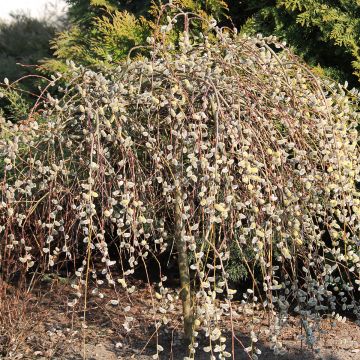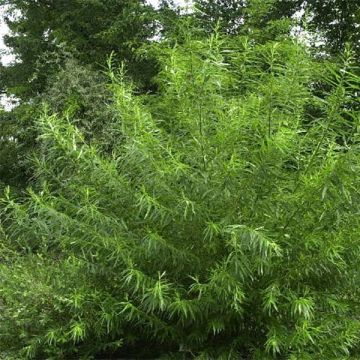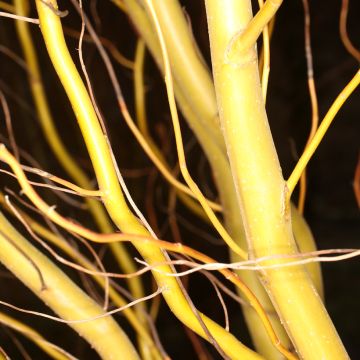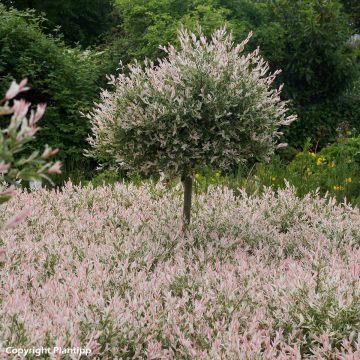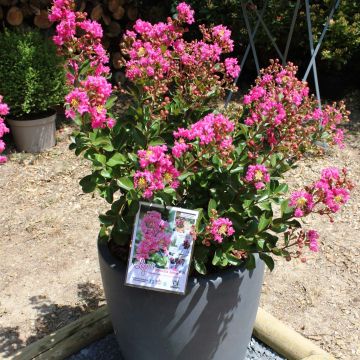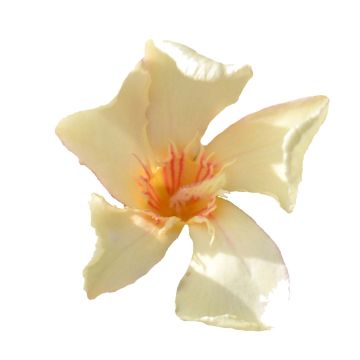Shipping country and language
Your country of residence may be:
Your country of residence is:
For a better user experience on our website, you can select:
Your shipping country:
-
Andorra
-
Austria
-
Belgium
-
Bulgaria
-
Canada
-
Chile
-
Croatia
-
Cyprus
-
Czechia
-
Denmark
-
Estonia
-
Finland
-
France
-
Germany
-
Greece
-
Hungary
-
Iceland
-
Ireland
-
Italy
-
Latvia
-
Lithuania
-
Luxembourg
-
Malta
-
Monaco
-
Netherlands
-
Poland
-
Portugal
-
Romania
-
Slovakia
-
Slovenia
-
Spain
-
Sweden
-
Switzerland
-
United Kingdom
We only deliver seed and bulb products to your country. If you add other products to your basket, they cannot be shipped.
Language:
-
French
-
German
-
Spanish
-
English
-
Italian
My Account
Hello
My wish lists
Log in / Register
Existing customer?
New customer?
Create an account to track your orders, access our customer service and, if you wish, make the most of our upcoming offers.
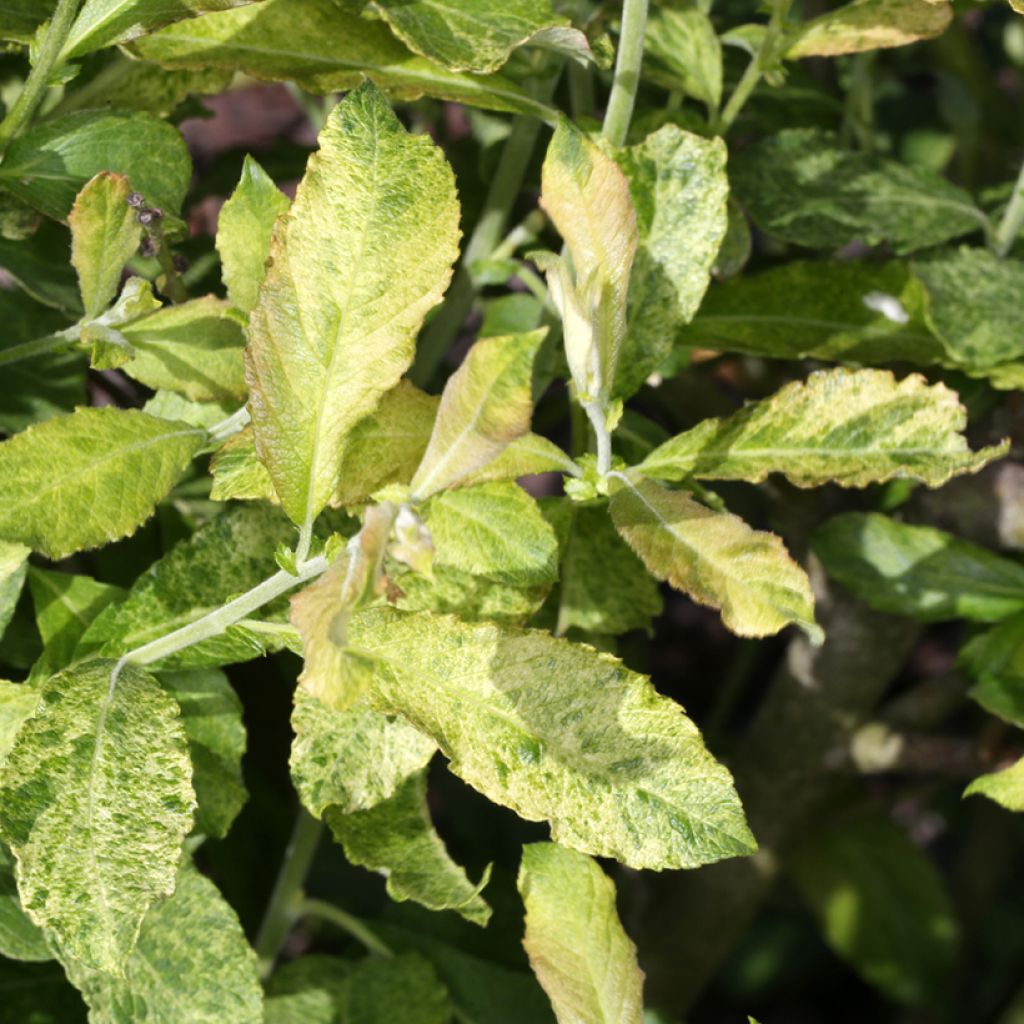

Salix aurita Büchelberg - Eared Willow
Salix aurita Büchelberg - Eared Willow
Salix aurita Büchelberg
Eared Willow, Eared Sallow
Why not try an alternative variety in stock?
View all →Order in the next for dispatch today!
Dispatch by letter from €3.90.
Delivery charge from €5.90 Oversize package delivery charge from €6.90.
More information
This item is not available in your country.
Schedule delivery date,
and select date in basket
This plant carries a 24 months recovery warranty
More information
We guarantee the quality of our plants for a full growing cycle, and will replace at our expense any plant that fails to recover under normal climatic and planting conditions.
Oversize package: home delivery by special carrier from €6.90 per order..
Express home delivery from €8.90.
Does this plant fit my garden?
Set up your Plantfit profile →
Description
Salix aurita 'Büchelberg' is a cultivar of the small pussy willow or eared willow, with young reddish-brown stems and crinkled, matte green leaves with woolly undersides and toothed edges. It is a small willow with a bushy habit, rarely cultivated in gardens. The species gets its name from the small rounded appendages, resembling kidneys, that appear at the base of each leaf, resembling small ears. Its late spring flowering is attractive on its bare branches and is a good source of nectar. It thrives in sunny, moist, and acidic soils, for example, near a water source. This willow is particularly useful for stabilising riverbanks and slopes and provides good windbreaks in coastal regions.
The auriculate willow belongs to the Salicaceae family. It is native to Western Europe, where it can still be found in moist areas, in full sun, and on acidic or even peaty soils. 'Büchelberg', with its slow growth, forms a large shrub that will not exceed 3m in height and 2.5m in width. Its trunk is flexible and covered with streaked bark. The branches are numerous, flexible, small and often angular. The young shoots are reddish-brown or greenish-brown. Flowering occurs in April-May, before the leaves appear. It takes the form of upright catkins that can be either male or female, with both types of flowers borne on separate individuals. These flowers, which are very rich in nectar, are tiny and clustered in small feathery green-yellow spikes. The deciduous foliage consists of small elliptical leaves measuring up to 4cm in length, finely toothed, pointed, rough, wrinkled, and with a dull green colour on the upper surface, while the undersides are whitish. The leaves turn yellow in autumn before falling.
The 'Büchelberg' auriculate willow is a wise choice for landscaping stream banks or around ponds in non-calcareous soil. It also adapts well to periodically flooded areas, adding a wild touch to any garden. Its resistance to severe frosts makes it a robust plant for harsh climates. To promote a dense habit and encourage flowering, it is recommended to prune it annually after flowering. This willow can be used individually, as an informal hedge, or as a backdrop in a border, paired with moisture-loving plants such as winterberry holly, 'Cardinal' dogwood, or even blueberries. These combinations create a harmonious and attractive ecosystem.
Properties:
Like all willows, this species contains a substance similar to aspirin in its bark. It is highly nectar-rich and a good source of honey: bees that collect its nectar produce a honey that is golden yellow, iridescent green, and takes on amber to beige hues as it ages. Its flavour is sweet, both floral and slightly woody. Its foliage was once used as fodder for goats.
Report an error about the product description
Plant habit
Flowering
Foliage
Botanical data
Salix
aurita
Büchelberg
Salicaceae
Eared Willow, Eared Sallow
Western Europe
Other Willow - Salix
Planting and care
The Büchelberg Willow, also known as the Auricle Willow, should be planted in early spring or autumn, in full sun, in any non-calcareous soil (acidic to neutral), clayey or peaty, moist to wet even in summer. This is a bush that is highly resistant to cold temperatures. From January to March, before the start of vegetation, prune any diseased or dead wood and remove any crossing branches to keep only the vigorous branches and maintain an attractive habit.
Planting period
Intended location
Care
This item has not been reviewed yet - be the first to leave a review about it.
Hedge shrubs
Haven't found what you were looking for?
Hardiness is the lowest winter temperature a plant can endure without suffering serious damage or even dying. However, hardiness is affected by location (a sheltered area, such as a patio), protection (winter cover) and soil type (hardiness is improved by well-drained soil).

Photo Sharing Terms & Conditions
In order to encourage gardeners to interact and share their experiences, Promesse de fleurs offers various media enabling content to be uploaded onto its Site - in particular via the ‘Photo sharing’ module.
The User agrees to refrain from:
- Posting any content that is illegal, prejudicial, insulting, racist, inciteful to hatred, revisionist, contrary to public decency, that infringes on privacy or on the privacy rights of third parties, in particular the publicity rights of persons and goods, intellectual property rights, or the right to privacy.
- Submitting content on behalf of a third party;
- Impersonate the identity of a third party and/or publish any personal information about a third party;
In general, the User undertakes to refrain from any unethical behaviour.
All Content (in particular text, comments, files, images, photos, videos, creative works, etc.), which may be subject to property or intellectual property rights, image or other private rights, shall remain the property of the User, subject to the limited rights granted by the terms of the licence granted by Promesse de fleurs as stated below. Users are at liberty to publish or not to publish such Content on the Site, notably via the ‘Photo Sharing’ facility, and accept that this Content shall be made public and freely accessible, notably on the Internet.
Users further acknowledge, undertake to have ,and guarantee that they hold all necessary rights and permissions to publish such material on the Site, in particular with regard to the legislation in force pertaining to any privacy, property, intellectual property, image, or contractual rights, or rights of any other nature. By publishing such Content on the Site, Users acknowledge accepting full liability as publishers of the Content within the meaning of the law, and grant Promesse de fleurs, free of charge, an inclusive, worldwide licence for the said Content for the entire duration of its publication, including all reproduction, representation, up/downloading, displaying, performing, transmission, and storage rights.
Users also grant permission for their name to be linked to the Content and accept that this link may not always be made available.
By engaging in posting material, Users consent to their Content becoming automatically accessible on the Internet, in particular on other sites and/or blogs and/or web pages of the Promesse de fleurs site, including in particular social pages and the Promesse de fleurs catalogue.
Users may secure the removal of entrusted content free of charge by issuing a simple request via our contact form.
The flowering period indicated on our website applies to countries and regions located in USDA zone 8 (France, the United Kingdom, Ireland, the Netherlands, etc.)
It will vary according to where you live:
- In zones 9 to 10 (Italy, Spain, Greece, etc.), flowering will occur about 2 to 4 weeks earlier.
- In zones 6 to 7 (Germany, Poland, Slovenia, and lower mountainous regions), flowering will be delayed by 2 to 3 weeks.
- In zone 5 (Central Europe, Scandinavia), blooming will be delayed by 3 to 5 weeks.
In temperate climates, pruning of spring-flowering shrubs (forsythia, spireas, etc.) should be done just after flowering.
Pruning of summer-flowering shrubs (Indian Lilac, Perovskia, etc.) can be done in winter or spring.
In cold regions as well as with frost-sensitive plants, avoid pruning too early when severe frosts may still occur.
The planting period indicated on our website applies to countries and regions located in USDA zone 8 (France, United Kingdom, Ireland, Netherlands).
It will vary according to where you live:
- In Mediterranean zones (Marseille, Madrid, Milan, etc.), autumn and winter are the best planting periods.
- In continental zones (Strasbourg, Munich, Vienna, etc.), delay planting by 2 to 3 weeks in spring and bring it forward by 2 to 4 weeks in autumn.
- In mountainous regions (the Alps, Pyrenees, Carpathians, etc.), it is best to plant in late spring (May-June) or late summer (August-September).
The harvesting period indicated on our website applies to countries and regions in USDA zone 8 (France, England, Ireland, the Netherlands).
In colder areas (Scandinavia, Poland, Austria...) fruit and vegetable harvests are likely to be delayed by 3-4 weeks.
In warmer areas (Italy, Spain, Greece, etc.), harvesting will probably take place earlier, depending on weather conditions.
The sowing periods indicated on our website apply to countries and regions within USDA Zone 8 (France, UK, Ireland, Netherlands).
In colder areas (Scandinavia, Poland, Austria...), delay any outdoor sowing by 3-4 weeks, or sow under glass.
In warmer climes (Italy, Spain, Greece, etc.), bring outdoor sowing forward by a few weeks.








